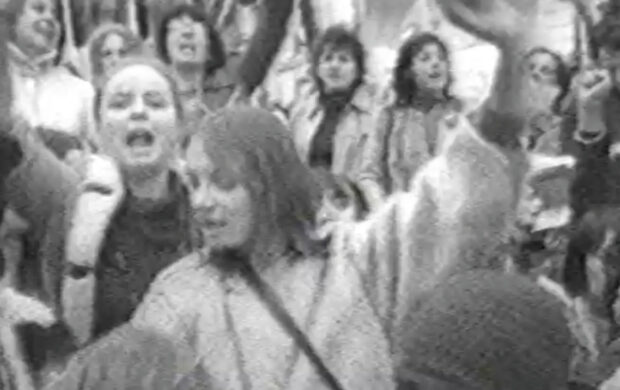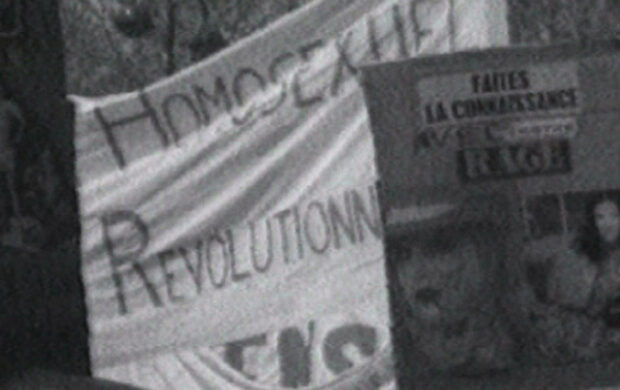Maïdan
Maidan
- 2014
- Ukraine
- 139 minutes
- Ukrainian
In November 2013, it was in Maidan (Independence) Square in the centre of Kiev that citizens of all ages and confessions gathered to protest against the regime of President Yanukovych, who was forced step down in late March. From November to March, Sergei Loznitsa chronicled Maidan.
Each shot in the film harbours the filmmaker’s subjectivity – the framing, the choice of point of view within the square, and the shot durations decided on during editing. Yet, at the same time, it gives freedom to the spectator’s own subjective view. The fixed frame does not fix the meaning but, on the contrary, sets it in motion, opens it out. This incomplete and fragmentary way of apprehending the place and event obviously requires that a determined and active spectator get down to work, moving within and among these fragments, his gaze invited to a reconstruction of events – not a re-enactment or narration (the only character is the crowd). In this sense, Maidan lays the ground for a vibrant circulation between the image, gaze and thought, as well as an exciting theoretical proposal on how to represent an ongoing event. The spectator is not informed but his gaze, being placed in the co-presence of images and sounds, gleans information itself. At the end of the film, it is impossible to say that we know everything, but equally impossible to say that we have seen nothing of/at Maidan.
Arnaud Hée, juin 2014, Critikat.com
- Production : Atoms & Void
- Photography : Sergei Loznitsa, Serhiy Stefan Stetsenko, Mykhailo Yelchev
- Sound : Vladimir Golovnitski
- Editing : Sergei Loznitsa, Danielius Kokanauskis
- Print contact : ARP, dc@arpselection.eu




